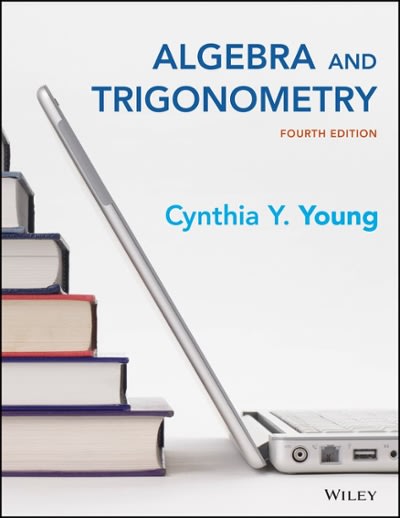Question
An Austrian study was completed to determine if untrained sea lions and sea lionesses could follow various experimenter-given cues when given a choice of two
An Austrian study was completed to determine if untrained sea lions and sea lionesses could follow various experimenter-given cues when given a choice of two objects. One experimenter-given cue was to point at one of the objects. One sea lioness, named Zwerg, successfully chose the pointed-at object 37 times out of 48 trials.
In a related study, another experimenter-given cue was to place a marker in front of the correct object. Zwerg successfully chose the object with the marker 26 out of 48 times. Does this result show that Zwerg can correctly follow this type of direction by an experimenter more than 50% of the time?
- Which explanation do you think is the most plausible, based on Zwerg's results?
a. The result of 26 out of 48 always happens.
b. The result of 26 out of 48 implies that she is just guessing.
c. The result of 26 out of 48 seems like the kind of thing that cannot happen just by chance.
d. The result of 26 out of 48 implies that she is watching another sea lioness choose first.
2.If Zwerg is just randomly choosing between the objects, what is the chance that she will choose the correct object?%
3.Zwerg's choosing the correct object 26 out of 48 times can happen by
a. guessing which object is correct.
b. observing another sea lioness choose correctly.
c. understanding the meaning of the marker.
d. interpreting the experimenter's facial expression
Step by Step Solution
There are 3 Steps involved in it
Step: 1

Get Instant Access to Expert-Tailored Solutions
See step-by-step solutions with expert insights and AI powered tools for academic success
Step: 2

Step: 3

Ace Your Homework with AI
Get the answers you need in no time with our AI-driven, step-by-step assistance
Get Started


